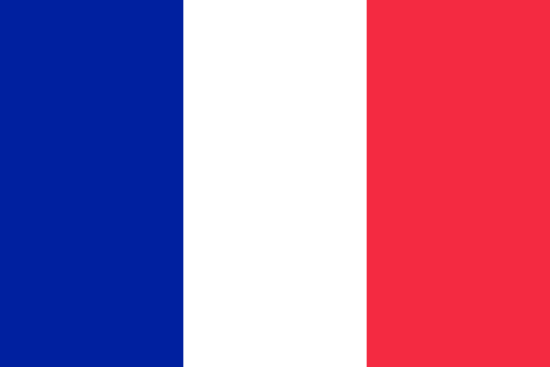"Albi, la ville rouge | Albi, the red city"
About:
Albi, a city in southern France, was founded by the Romans around the 1st century BC. It flourished in the Middle Ages due to its position on trade routes and its production of pastel, a blue dye. The city is known for the Albi Cathedral, built in the 13th century, and the Toulouse-Lautrec Museum. Albi was designated a UNESCO World Heritage Site in 2010 for its unique collection of brick buildings dating from the Middle Ages to the 17th century.
When to visit:
The ideal time to visit Albi, France, is during the spring or autumn months when the weather is mild and the tourist crowds are smaller. Spring, particularly from April to June, offers pleasant temperatures and blooming gardens across the city. Autumn, from September to November, showcases the beautiful fall foliage in the surrounding countryside. Summer can be hot and crowded, so visitors may prefer to avoid this season for a more relaxed experience in Albi.
When to avoid:
Traveling to Albi, France during the peak holiday season in the summer months of July and August may not be recommended due to the high influx of tourists, resulting in crowded attractions and increased prices for accommodations. Additionally, the hot and humid weather during this time can be uncomfortable for some visitors. It is advisable to avoid traveling to Albi during major holidays such as Christmas and New Year's, as many shops and restaurants may be closed during these periods, limiting the overall experience for travelers. For a more pleasant and relaxed visit, consider traveling to Albi during the shoulder seasons of spring and autumn when the weather is milder and the crowds are thinner.
Winter Season (Dec-Feb)
In Albi, France, the coldest and wettest season is winter, specifically from December to February. Average temperatures range from 3°C to 10°C. Rainfall peaks in December with an average of 60mm. Days are short with about 3-4 hours of sunlight, and cloud cover is prevalent, resulting in overcast skies. An average day for a visitor would likely involve bracing the cold, carrying an umbrella for the frequent showers, and enjoying indoor activities or exploring the city's historical sites under the grey skies.
Summer (June-August)
In Albi, France, the warmest part of the year is from June to August, with July being the peak month. During this period, the average high temperature ranges from 26°C (79°F) to 29°C (84°F), while the average low temperature is between 15°C (59°F) and 18°C (64°F).
Rainfall is relatively low in the summer, with an average of 40-50mm per month. However, occasional thunderstorms may occur, contributing to the overall humidity which generally stays around 60-70%.
Sunlight is abundant during this season, with an average of 8-9 hours of bright sunshine per day. The sky is typically partly cloudy, with cloud cover ranging from 25% to 40%.
A typical day for a visitor in Albi during the warmest part of the year would involve warm, sunny weather with a light breeze. The mornings are usually bright and clear, while the afternoons might see some cloud cover. Despite the occasional rainfall, the overall climate is quite pleasant and conducive to outdoor activities. The evenings are comfortably cool, making it a perfect time to enjoy the local cuisine at an outdoor restaurant.
Language:
In Albi, a city in southern France, the most commonly spoken language is French. Additionally, some residents may also speak Occitan, a Romance language native to Southern France. English may be spoken as a second language, particularly among those in the tourism industry.




